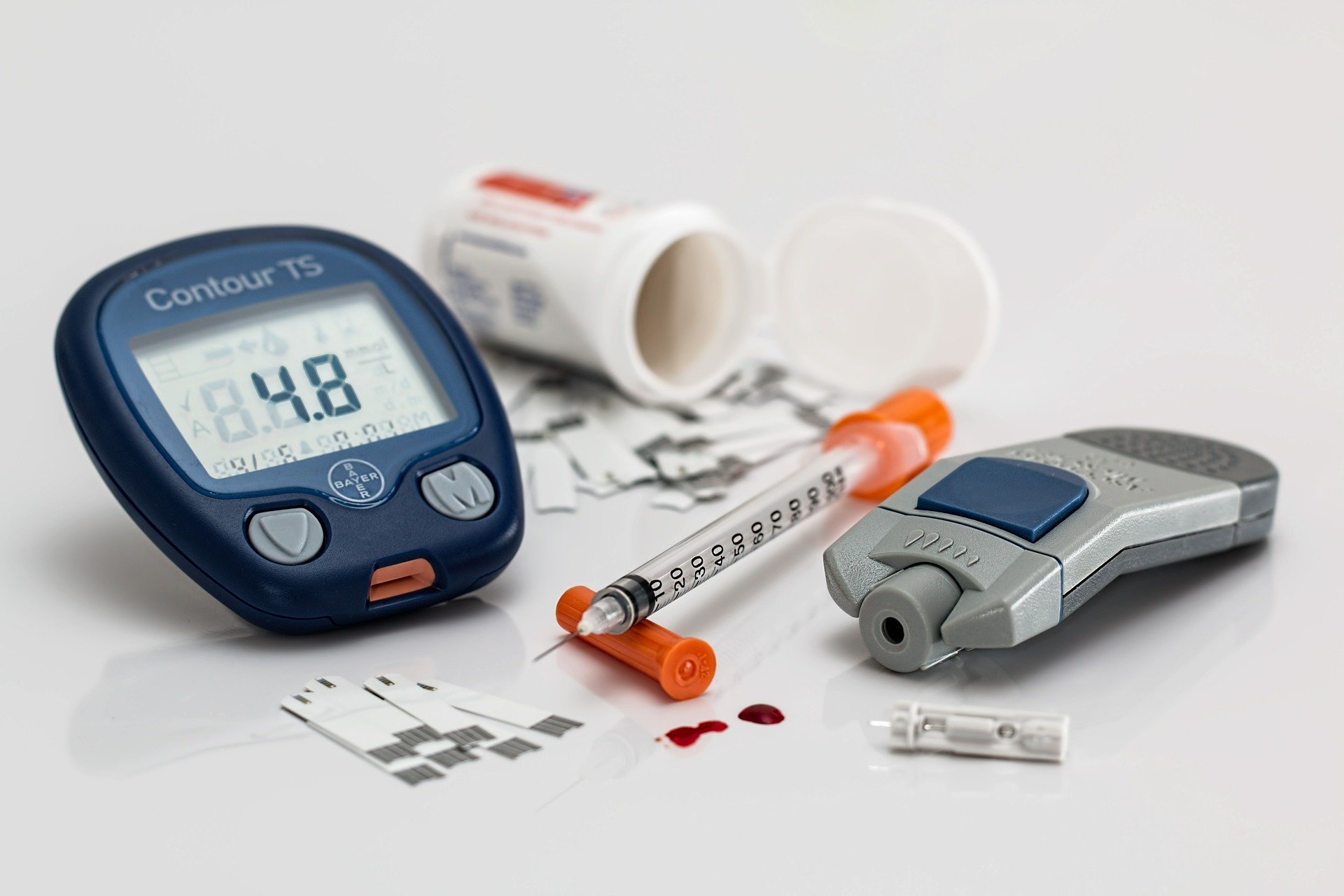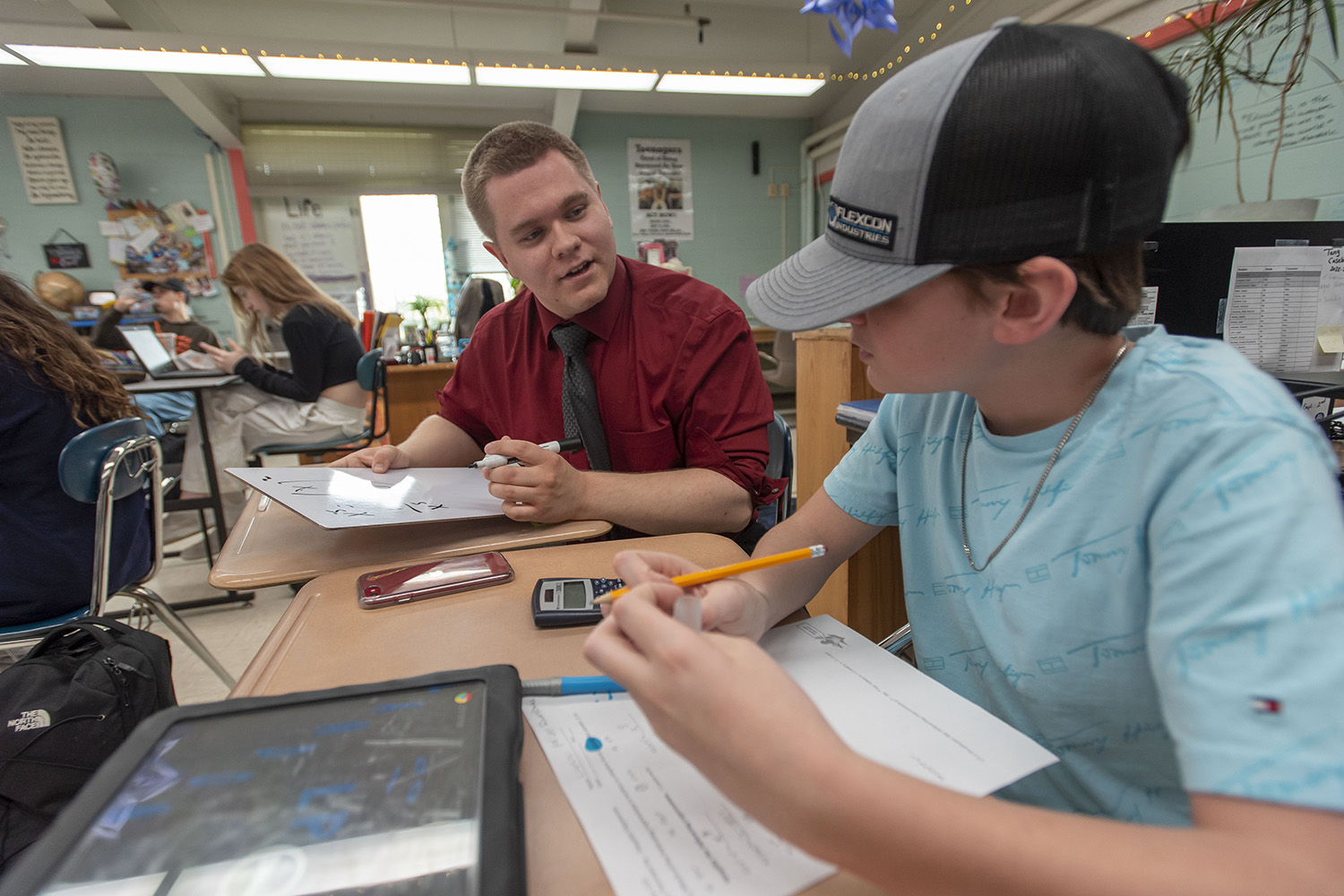UConn researcher and vice president for researcher, Radenka Maric, and a former graduate student Rishabh Jain were recently issued a patent for a breath sensor able to detect chemical compounds that are markers for various chronic diseases.
Human breath is primarily composed of nitrogen, carbon dioxide, oxygen, and water vapor. But there are traces of more than 200 other chemicals that are the product of the body’s metabolism. Even minute deviations from normal concentrations of these chemicals are often biomarkers for the onset of disease. These compounds can indicate the presence of diabetes, liver diseases, breast cancer, schizophrenia, cystic fibrosis, and many other diseases.
Maric’s sensor array will look specifically at four breath markers that indicate diabetes, pulmonary inflammation, liver and kidney malfunction, and blood cholesterol levels.
Initially, medical practitioners are expected to be the primary users for this technology, but eventually the inventors hope to develop a portable device that patients with diabetes can use themselves. Tracking these biomarkers in the breath will enable users to monitor their health status and intervene with lifestyle changes or seek medical attention if there is a cause for concern.
This sensor design is novel in its potential to detect multiple diseases simultaneously. While similar breathalyzer technologies exist, they can only test for single diseases. Other technologies able to detect biomarkers for multiple diseases do not meet the requirements for self-monitoring. Once developed, Maric’s product will have the potential to fill a significant hole in the large market of at-home disease testing and monitoring. The invention has already been validated in a laboratory environment.
Current at-home devices are only able to monitor one disease and invasive, meaning they require drawing blood or puncturing the skin creating small wounds prone to infection. Blood tests are also disadvantaged by the presence of compounds in the blood which can falsify the results.
This technology will be highly sensitive, selective, and durable under the humid conditions present in human breath. It will also provide results quickly, easily and will be inexpensive to manufacture.
The sensor array relies on a manufacturing process developed by Maric called Reactive Spray Deposition Technology (RSDT). RSDT works with inexpensive chemical reagents in the open atmosphere, thus eliminating the need for expensive device components like a vacuum or reaction chamber. This is expected to make operating costs for this invention 10-times lower than vacuum-based methods.
Maric’s sensor array can detect particles of interest at a threshold of less than .2 parts per million making it highly sensitive while also having the specificity to detect only the compounds of interest. It can last more than 300 hours, surpassing all current competitors, in humid conditions. The array provides results in less than 10 seconds.
Maric, who is also Vice President for Research, Innovation and Entrepreneurship at UConn and UConn Health, is commercializing the technology with support from tech transfer experts in UConn’s Technology Commercialization Services group.
To learn more about UConn technologies available for licensing, visit the UConn Innovation Portal. Follow UConn Research on Twitter & LinkedIn.



